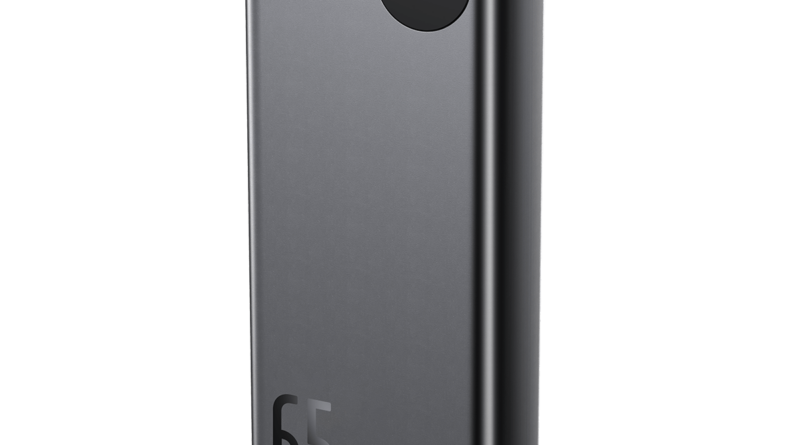Power Banks For Digital Devices: A Comprehensive Guide
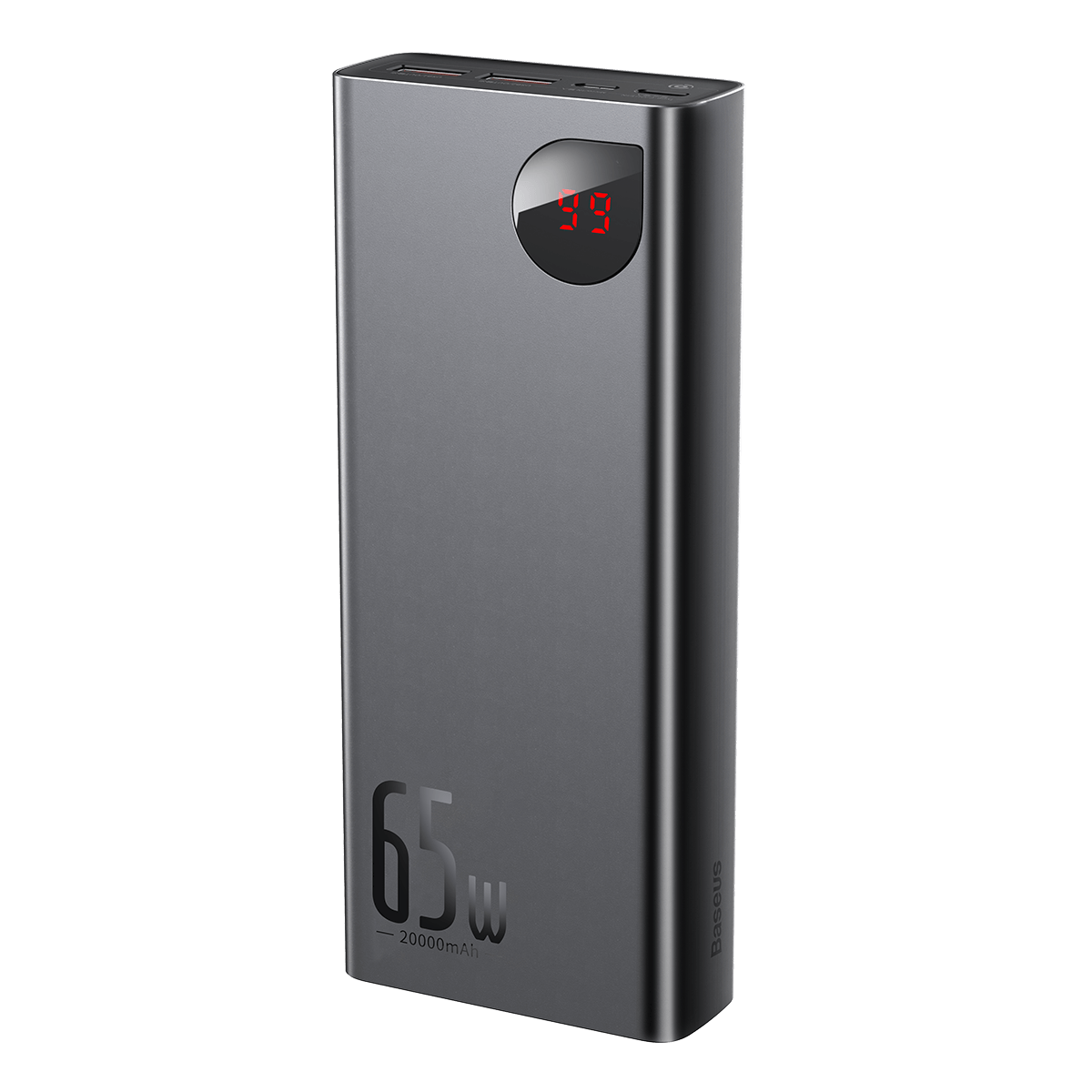
Power Banks for Digital Devices: A Comprehensive Guide
In today’s digital age, our reliance on electronic devices has become ubiquitous. From smartphones and tablets to laptops and cameras, these devices have become an integral part of our daily lives. However, the constant need to charge these devices can be a major inconvenience, especially when we’re on the go.
Enter power banks, portable devices that store electrical energy and can be used to charge our digital devices. Power banks have become an essential accessory for anyone who wants to stay connected and powered up throughout the day.
Types of Power Banks
There are various types of power banks available in the market, each with its own unique features and capabilities. Here are some of the most common types:
1. Standard Power Banks: These are the most basic type of power banks, designed to provide a quick and convenient way to charge your devices. They typically have a single USB port and a capacity of around 5,000 to 10,000mAh.
2. Fast-Charging Power Banks: These power banks support fast-charging technologies such as Qualcomm Quick Charge or USB Power Delivery. They can charge your devices much faster than standard power banks, making them ideal for charging devices that support fast charging.
3. Wireless Power Banks: These power banks allow you to charge your devices wirelessly using Qi wireless charging technology. Simply place your device on the power bank and it will start charging without the need for cables.
4. Solar Power Banks: These power banks have built-in solar panels that allow them to charge themselves using sunlight. This makes them a great option for outdoor enthusiasts or anyone who wants to reduce their reliance on electricity.
5. Multi-Port Power Banks: These power banks have multiple USB ports, allowing you to charge multiple devices simultaneously. They are ideal for families or groups of people who need to charge their devices at the same time.
Choosing the Right Power Bank
When choosing a power bank, there are several factors to consider:
1. Capacity: The capacity of a power bank is measured in milliamp-hours (mAh). The higher the capacity, the more devices you can charge and the longer they will last. For most people, a power bank with a capacity of 10,000mAh to 20,000mAh is sufficient.
2. Output Power: The output power of a power bank is measured in watts (W). The higher the output power, the faster your devices will charge. If you have devices that support fast charging, you will need a power bank with a high output power.
3. Number of Ports: If you need to charge multiple devices at the same time, you will need a power bank with multiple USB ports. Consider the number of devices you typically need to charge and choose a power bank with the appropriate number of ports.
4. Size and Weight: Power banks come in a variety of sizes and weights. Choose a power bank that is small and lightweight enough to carry around easily.
5. Features: Some power banks come with additional features such as built-in flashlights, digital displays, or pass-through charging. Consider the features that are important to you and choose a power bank that meets your needs.
Using a Power Bank
Using a power bank is simple and straightforward. Here are the steps:
1. Charge the Power Bank: Before using the power bank, make sure it is fully charged. You can charge the power bank using a wall charger or a USB port on your computer.
2. Connect Your Device: Connect your device to the power bank using a USB cable. The power bank will automatically start charging your device.
3. Monitor the Charge: Some power banks have LED indicators that show the remaining charge level. You can also monitor the charge level on your device’s screen.
4. Disconnect Your Device: Once your device is fully charged, disconnect it from the power bank.
Safety Tips for Using Power Banks
Power banks are generally safe to use, but there are a few safety tips to keep in mind:
1. Avoid Overcharging: Do not overcharge your power bank. Unplug it from the charger once it is fully charged.
2. Do Not Use Damaged Power Banks: If your power bank is damaged, do not use it. Dispose of it properly.
3. Keep Away from Heat: Do not expose your power bank to extreme heat or direct sunlight.
4. Do Not Drop or Crush: Avoid dropping or crushing your power bank. This can damage the internal components.
5. Store Properly: When not in use, store your power bank in a cool, dry place.
Conclusion
Power banks have become an essential accessory for anyone who wants to stay connected and powered up throughout the day. By choosing the right power bank and following the safety tips outlined above, you can enjoy the convenience of charging your devices on the go without any worries.
5 Best Power Banks for Digital Devices
In today’s digital age, our devices are essential for staying connected, entertained, and productive. However, battery life can often be a limiting factor, especially when we’re on the go. That’s where power banks come in. These portable chargers can provide extra juice to your devices, keeping you powered up all day long.
Here are five of the best power banks on the market:
1. Anker PowerCore 20100
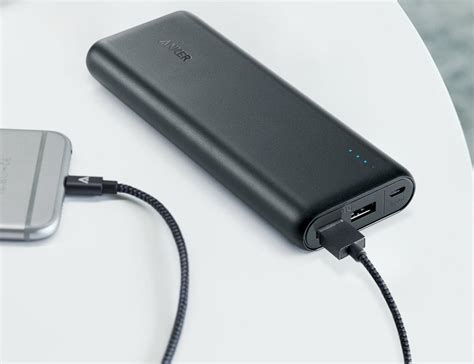
The Anker PowerCore 20100 is a high-capacity power bank that can charge your devices multiple times. It features two USB ports, so you can charge two devices simultaneously. The PowerCore 20100 also has a built-in flashlight, which can be useful in emergencies.
2. RAVPower 26800mAh Power Bank
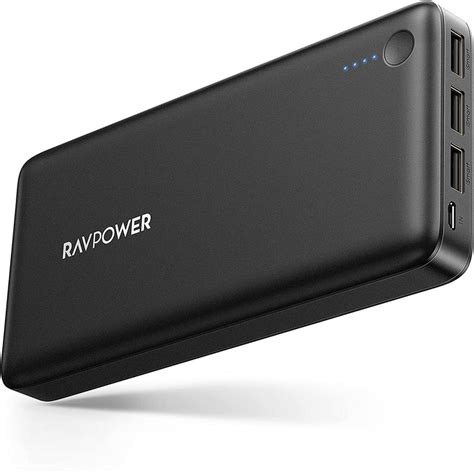
The RAVPower 26800mAh Power Bank is another high-capacity option that can charge your devices multiple times. It features three USB ports, so you can charge three devices simultaneously. The RAVPower 26800mAh Power Bank also has a built-in flashlight and a digital display that shows the remaining battery life.
3. Aukey 10000mAh Power Bank
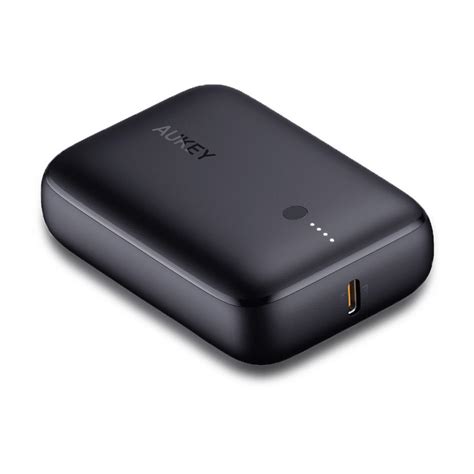
The Aukey 10000mAh Power Bank is a compact and lightweight option that’s perfect for carrying around in your pocket or purse. It features two USB ports, so you can charge two devices simultaneously. The Aukey 10000mAh Power Bank also has a built-in flashlight and a digital display that shows the remaining battery life.
4. Mophie Powerstation Plus XL
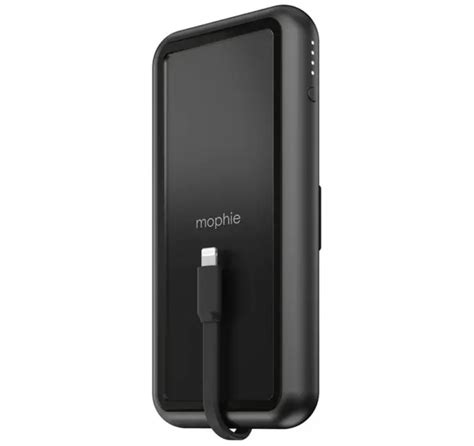
The Mophie Powerstation Plus XL is a high-capacity power bank that’s designed for charging laptops and other large devices. It features two USB-C ports and one USB-A port, so you can charge three devices simultaneously. The Mophie Powerstation Plus XL also has a built-in flashlight and a digital display that shows the remaining battery life.
5. Goal Zero Yeti 200X Portable Power Station
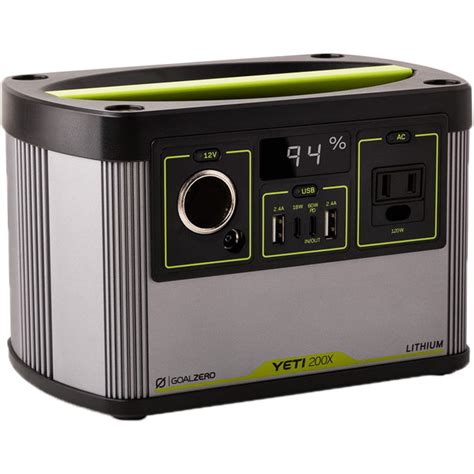
The Goal Zero Yeti 200X Portable Power Station is a powerful and versatile power bank that can charge a wide range of devices, including laptops, smartphones, and even small appliances. It features multiple USB ports, AC outlets, and a 12V DC outlet. The Goal Zero Yeti 200X Portable Power Station also has a built-in solar panel, so you can recharge it using sunlight.
